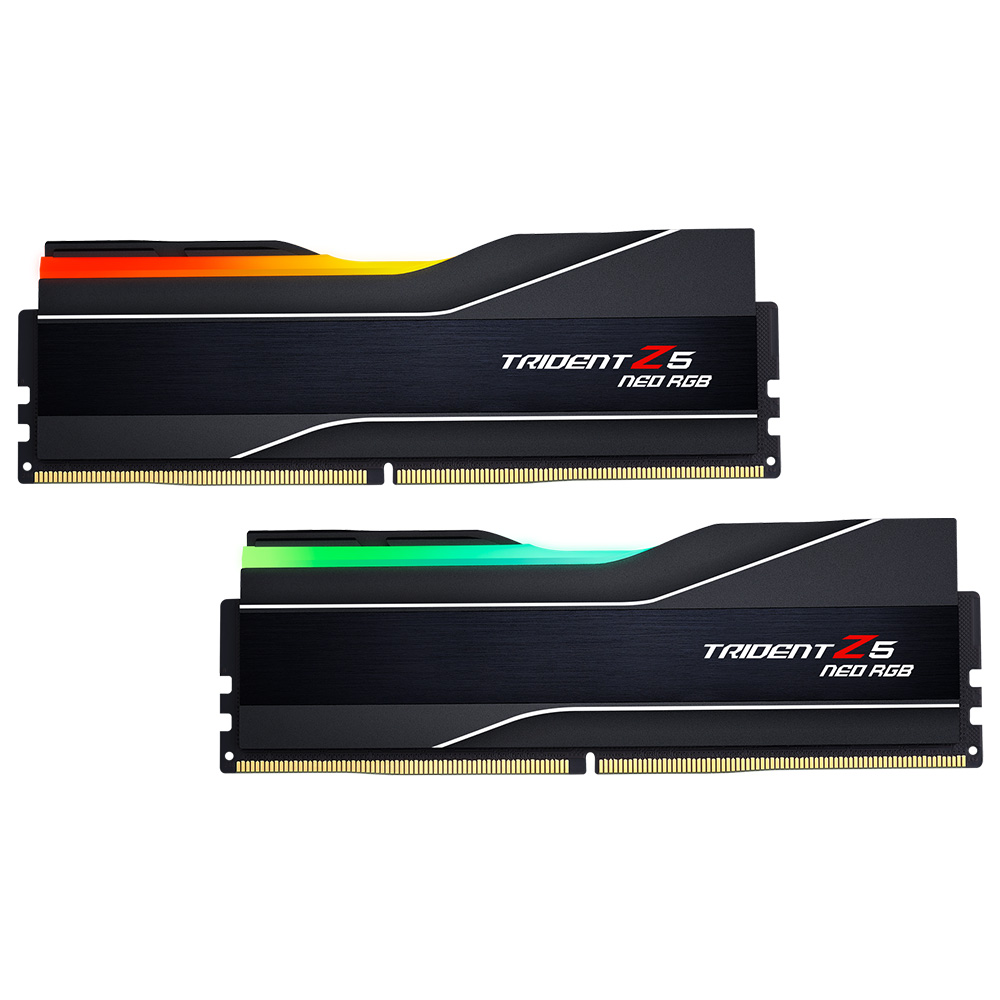Am still very much learning about DDR5 as this is my first AM5 board.
I came across this guide to tRFC caps on another board, but there was no reference to the source, does anyone recognise where it came from?
It was actually very helpful because on my dual rank(or is it quad rank with 2 banks per side on DDR5?) 2x 32G kit (Hynix M-die), I was seeing stress test errors with tRFC = 480 with TM5, but the same tRFC and even tighter timings (CL 28) passed an 8 hour Karhu run. tRFC = 496 passes both after a decent run
Went back to CL30, because despite an intake fan directly above the RAM CL28 needed 1.52v to pass some tests, and with max tREFI the sticks were getting a little bit toasty 58-61c. It's fine though with 64G+ expected to have to make compromises and very happy with 6200/2200.
I'm also wondering if it's worth trying to tune the turn around timings tRDRDSCL/tWRWRSCL. I've read up on what they do but I don't know if I should try and tweak them or what latency impact that might have, or what values they _should_ have outside of defaults when tuning DDR5.
Any suggestions here welcome.


I came across this guide to tRFC caps on another board, but there was no reference to the source, does anyone recognise where it came from?
It was actually very helpful because on my dual rank(or is it quad rank with 2 banks per side on DDR5?) 2x 32G kit (Hynix M-die), I was seeing stress test errors with tRFC = 480 with TM5, but the same tRFC and even tighter timings (CL 28) passed an 8 hour Karhu run. tRFC = 496 passes both after a decent run
Went back to CL30, because despite an intake fan directly above the RAM CL28 needed 1.52v to pass some tests, and with max tREFI the sticks were getting a little bit toasty 58-61c. It's fine though with 64G+ expected to have to make compromises and very happy with 6200/2200.
I'm also wondering if it's worth trying to tune the turn around timings tRDRDSCL/tWRWRSCL. I've read up on what they do but I don't know if I should try and tweak them or what latency impact that might have, or what values they _should_ have outside of defaults when tuning DDR5.
Any suggestions here welcome.



